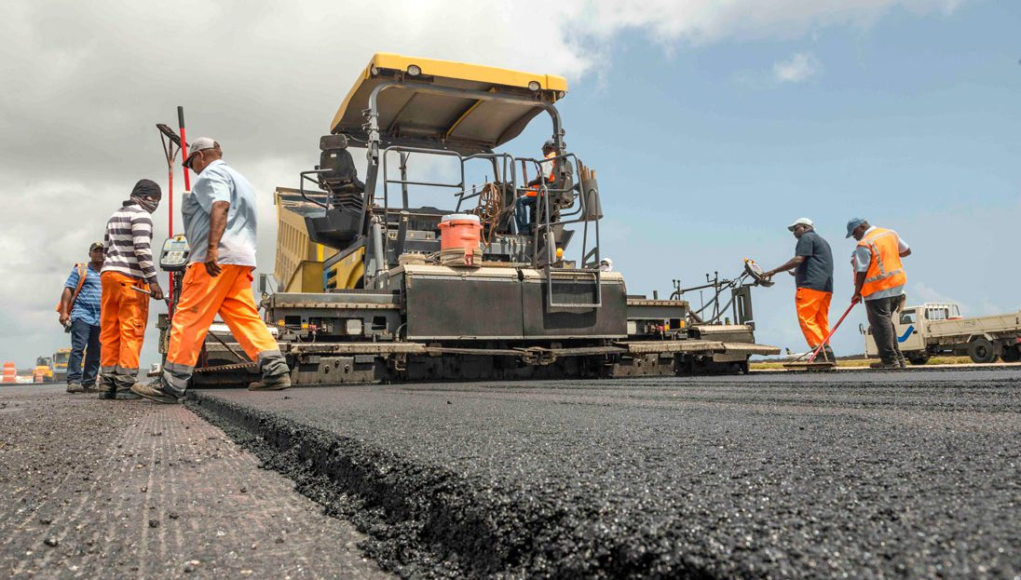Guyana is grappling with a substantial infrastructure deficit that poses a significant barrier to private sector development and economic growth. According to the Inter-American Development Bank’s (IDB) recent “Partnering for Resilience” report, the country requires an investment ranging from US$9.4 billion to US$23.8 billion to bridge this gap by 2030. The report highlighted transportation, energy, telecommunications, water and sanitation, and flood protection as the key areas needing attention.
Guyana’s infrastructure challenges are far-reaching, affecting nearly every sector of the economy. The IDB report points out that the deficiencies in transportation networks limit the movement of goods and people, which in turn stifles economic opportunities. Inadequate energy infrastructure, particularly in renewable energy sources, hinders industrial growth and increases the country’s carbon footprint. Telecommunications gaps affect connectivity and digital transformation, while insufficient water and sanitation services, as well as poor flood protection, pose significant public health and safety risks.
The broad range of infrastructure needs highlights the scale of the challenge. Addressing these gaps is not only crucial for current economic stability but also vital for withstanding future climate-related risks according to the IDB. It also emphasized the necessity of building resilient infrastructure to protect against the increasing threats of climate change, such as rising sea levels and more intense weather events.
Closing Guyana’s infrastructure gap by 2030 will require a monumental financial effort. The IDB’s estimate of US$9.4 billion to US$23.8 billion represents a significant investment relative to the country’s current economic capacity. This range reflects the varying costs associated with different sectors and the scope of projects needed. For instance, upgrading and expanding the energy grid, enhancing transportation networks, and improving water and sanitation facilities each require substantial funding and technical expertise.
Despite these challenges, it noted that Guyana is taking a leadership role within the Caribbean Community (CARICOM) through its Vision 25 by 2025 initiative. This ambitious plan aims to reduce food imports in the Caribbean by 25 percent by enhancing investment in the agricultural sector. The initiative is designed to strengthen regional food security, increase food production, and improve logistics to support regional trade.
The Guyanese government has identified several potential projects and opportunities that could catalyze the agricultural sector. These include improving the efficiency of existing value chains and leveraging modern agricultural technologies to increase productivity. The IDB Group is poised to support these efforts through knowledge creation, infrastructure planning, and direct investment in both the public and private sectors.
IDB Invest, the private sector arm of the IDB Group, has outlined several strategic objectives to support Guyana’s development goals. These include increasing access to resilient transport and water and sanitation infrastructure, fostering renewable energy generation, and enhancing digital connectivity through expanded broadband networks. These efforts are aimed at facilitating economic diversification and growth by integrating local producers into domestic, regional, and global supply chains.
Moreover, IDB Invest is focusing on increasing the availability of long-term funding for productive sectors, such as sustainable tourism, and promoting the wider adoption of technology and climate-smart practices. This is particularly critical for sustainable agriculture projects, which are essential for addressing food security concerns and supporting economic resilience.
The overarching goal of these initiatives is to support the poor and vulnerable populations by investing in resilient infrastructure and creating income-generating opportunities. By improving access to high-quality and affordable products and services, and ensuring environmental and social safeguards, these investments aim to foster greater inclusion and long-term sustainability.












